Why This Balance Matters: Craft Versus Concept in AP Art
When you open the AP Art rubric — whether for 2-D, 3-D, or Drawing — it can feel a bit like reading two different languages. One side of the page rewards the tactile precision of technique: line, composition, media control. The other side rewards the intangible pulse of idea: narrative, investigation, growth. The tension between craft and concept is not an accident; it’s the heart of what AP Art aims to measure. The best portfolios don’t simply do one or the other. They demonstrate strong craft that serves a sustained conceptual inquiry.
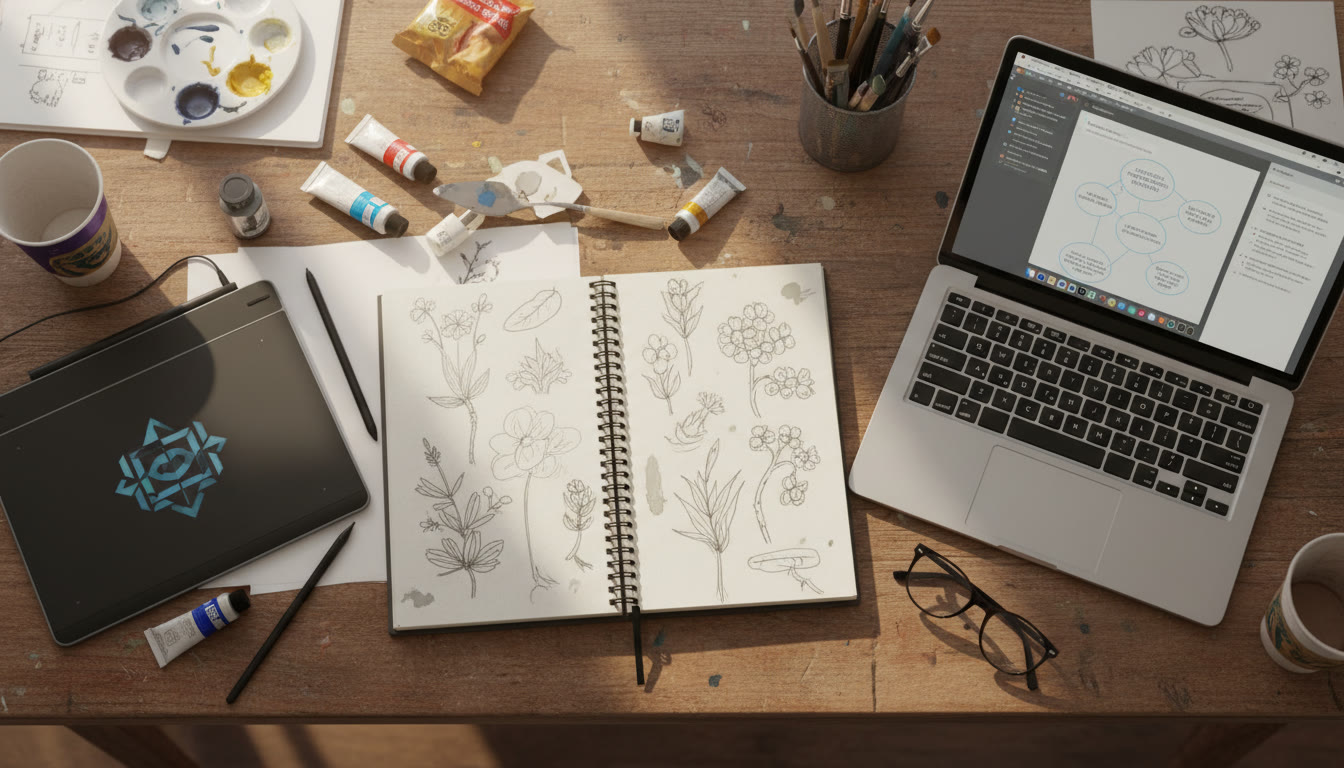
AP Readers Are Looking For Dialogue, Not Checklist Completion
Think of the rubric as an ongoing conversation between you and an AP reader. Craft without concept can look technically impressive but emotionally flat — a conversation where one person drills facts without listening. Concept without craft can feel like an interesting idea buried under messy execution — like someone speaking passionately but not making themselves understood. The strongest portfolios show you listening, replying, and building ideas using your technical voice.
Common Pitfalls Students Make
Avoiding common mistakes is the fastest way to improve your score and your work. Below are the typical traps students fall into, and how to sidestep them.
Pitfall 1 — Treating Technique as a Separate Section
Students often produce a showreel of “good drawings” and then a separate sketchbook that “contains ideas.” That creates a disjointed portfolio. Instead: integrate technique into the development of ideas. Use a specific technique to test a conceptual question — for example, printmaking to explore repetition and seriality, or chiaroscuro to probe themes of secrecy and revelation.
Pitfall 2 — Concept That Is Too Vague or Too Decorative
A vague concept such as “identity” without a clear inquiry, constraints, or development path can read as superficial. Conversely, decorative choices that look like concept but are actually stylistic affectations (e.g., ‘I used muted colors because they’re pretty’) won’t satisfy the rubric. Make your concept a question or investigation: what are you trying to learn, prove, or interrogate across multiple works?
Pitfall 3 — Overworking Technical Details While Neglecting Reflection
Perfectionism in one piece at the expense of a body of evidence for investigation can lower your score. The rubric values breadth of development and reflection — documented decisions, failed experiments, and shifts in approach. A portfolio that shows a single polished piece and little else misses the narrative of growth.
How to Build a Portfolio That Reads Cohesively
Below is a step-by-step framework you can use across AP Art sections. It is practical and adaptable to drawing, 2-D, or 3-D courses.
Step 1 — Start with a Question
Turn the theme you find compelling into a precise, researchable question. Examples:
- How does texture communicate memory when layered with found objects?
- In what ways can portraiture convey intersectional identity beyond likeness?
- How can repetition and scale change the social meaning of everyday objects?
Step 2 — Choose Techniques as Investigative Tools
Decide which media will best allow you to test elements of your question. Treat techniques as experiments: what does watercolor do to the suggestion of ephemerality? How does 3-D printing change a read of an object versus hand-built clay? Make the choice explicit in your written reflections so an AP reader understands why you chose a process.
Step 3 — Make a Development Map
Plan a development sequence: exploratory studies, mid-scale works, and final pieces that synthesize findings. Document failed attempts and important shifts — these are evidence of sustained investigation.
Practical Tips to Demonstrate Both Craft and Concept
These tactics help your portfolio look intentional and show the intertwined growth of craft and idea.
1. Use Constraints Intentionally
Constraints focus creativity. Limit palette, restrict tools, or set time limits for studies. Paradoxically, constraints often push both stronger technique and clearer concept because they force problem-solving.
2. Annotate Purposefully
Your written reflections should be concise and specific: name the problem you tested, the result, and the decision point that followed. Don’t write descriptions of what the work looks like; write about the why and the how.
3. Show Process With Purpose
Rather than simply uploading a bunch of sketches, curate process images that reveal turning points: a failed composition that led to a stronger solution, a color test that shifted your palette, or a prototype that required structural rethinking. Emphasize the relationship between the experiment and the resulting piece.
4. Balance Polished Works and Work-in-Progress
Include several resolved pieces to demonstrate command of craft, and several works-in-progress or studies to show evolving concept. The rubric rewards both clarity of execution and evidence of sustained inquiry.
Example Development Sequence (Table)
| Stage | Objective | Example Deliverable | What to Document |
|---|---|---|---|
| Exploration | Identify possible directions | Thumbnail sketches, material tests | Why a direction is promising; early discoveries |
| Focused Study | Test a technique against the question | Series of studies, color swatches, maquettes | Failed attempts, what changed, refined question |
| Iteration | Refine composition and materials | Mid-scale pieces, prototypes | Rationale for compositional/technical choices |
| Resolution | Synthesize findings into final pieces | Polished works, photographic documentation | How final pieces answer the original question |
Scoring Insights: Reading the Rubric Like a Reader
Understanding how AP readers allocate points helps you prioritize what to document.
Quality of Work
Readers assess technical proficiency, material handling, composition, and intentionality. Achieve consistency across your strongest pieces; an occasional outstanding work won’t outweigh an overall lack of evidence for technique when the portfolio lacks cohesion.
Concentration / Sustained Investigation
This is where your narrative matters most. The reader looks for an inquiry sustained across multiple works, showing progression and deepening insight. Each piece should feel like a page in a longer story rather than a standalone image.
Breadth / Range of Approaches
A well-selected range shows versatility. But breadth must still serve your concentration — don’t include techniques that distract from your investigation. Breadth should demonstrate your ability to adapt tools to the question, not show off unrelated skills.
Real-World Examples and Mini Case Studies
The following hypothetical mini case studies illustrate how students balanced craft and concept effectively.
Case Study A — The Material Historian
Question: How do discarded textiles carry family histories across generations?
- Craft approach: Textile dyeing, embroidery, and encaustic collage — each technique chosen to emphasize memory by preserving frayed edges and layering transparency.
- Concept development: Started with family interviews, then moved to dye extracts from household teas and spices. The portfolio included dye tests, stitch diagrams, and a final series of mounted fabrics that layered text fragments with stitching.
- Why it worked: Technique was used as evidence and method. The dye tests and stitch studies documented problem-solving and growth — clear signals that the student’s craft choices were purposeful.
Case Study B — The Urban Cartographer
Question: What is revealed when a city’s negative spaces are mapped and reimagined?
- Craft approach: Digital collage, relief printmaking, and site-based sketches. The student used printmaking to capture repetition and scale, and digital collage to overlay historical maps with current photos.
- Concept development: Began with sketches and photographs of alleys, bus stops, and vacant lots, moving toward mixed-media prints that combined text and image. The process included failed transfers and altered registration — documented and explained.
- Why it worked: The media choices aligned with the concept (repetition and historical layering). The student’s reflections explained each technical pivot and tied it back to the central inquiry.
How to Write Effective Reflections for AP Submission
Reflections are your voice in the portfolio. They’re how you tell the reader why technical choices mean something. Keep them focused, specific, and tied to evidence.
Reflection Structure — The Mini-Formula
- One-line intent: What was the aim?
- Two-line method: Which techniques were used and why?
- One-line evidence: What changed because of the test?
- One-line implication: How does this move your investigation forward?
Example reflection (compact): “Aim: explore erasure as a social mechanism. Method: layered ink washes and rubbings from archival pages to produce translucency and loss. Evidence: rubbings introduced accidental textures that suggested hidden prints and guided composition toward partial reveal. Implication: shifted focus to the tension between presence and absence in narrative memory.”
Assessment-Driven Studio Habits
Studio habits that align with the rubric are habits that create recordable progress. Here’s a checklist you can adopt weekly to ensure your portfolio grows in a way readers can track.
- Document at least three experiments and one failed test each week.
- Write a 2–4 sentence reflection for every experiment, noting the question and result.
- Keep a visual timeline (photos of works in progress) to show sequencing.
- Reserve time for photodocumentation — clear images of works are part of presentation.
- Schedule critiques with peers or a tutor to get targeted feedback on both craft and concept.
How Personalized Tutoring Can Fit Naturally Into This Process
Working with someone who knows the rubric can accelerate your progress. Personalized tutoring — like Sparkl’s 1-on-1 guidance — can help you define a tighter question, choose techniques strategically, and refine reflections so the narrative is unmistakable. A tutor’s role is to push you to justify each technical choice as evidence for your concept, spot gaps in your developmental arc, and set milestones that align with scoring priorities.
What to Expect from Targeted Tutoring Sessions
- Tailored study plans that align with your chosen concentration and timeline.
- Expert tutors who provide focused critiques on craft, concept, and documentation.
- AI-driven insights or tools (where available) that track your progress and highlight repeated issues to address.
Photodocumentation and Presentation Tips
Even the best work can be undermined by poor photos. Presentation is part of craft — clean documentation ensures readers see what you intended.
Photographing 2-D Work
- Use even, indirect light — avoid glare.
- Shoot straight on to avoid perspective distortion.
- Include a neutral border or mat in the photograph for context.
Photographing 3-D Work
- Provide multiple angles: front, three-quarter, top, and detail shots.
- Use consistent lighting to show surface texture without dramatic shadows obscuring form.
Self-Assessment Checklist Before You Submit
Run through this list like a rubric-specific preflight check. Be ruthless and specific.
- Do my reflections explain how each technique contributed to my inquiry?
- Do I have at least three pieces that show real development from initial idea to resolved work?
- Is my visual evidence varied but cohesive in service of my concentration?
- Have I documented experiments, failures, and revisions honestly?
- Are my photos clear, consistent, and representative of the work?
When to Seek Feedback — and From Whom
Timing and the source of feedback can make or break the refinement stage.
Early Stage — Peer and Teacher Feedback
During exploration and focused studies, get rapid feedback from peers and your teacher. They’ll point out readability problems and technical quick fixes.
Mid to Late Stage — Expert Review
As your ideas solidify, a tutor or mentor familiar with AP expectations can help you align presentation and reflections to scoring priorities. This is where Sparkl’s tailored sessions can be particularly useful: they help identify narrative gaps and suggest targeted technical drills to strengthen evidence.
Commonly Asked Questions Students Have
Q: Which matters more — a technically perfect piece or a deeper concept?
A: Neither should be sacrificed entirely. A single technically perfect piece won’t replace a sustained investigation, and a brilliant idea poorly executed will not demonstrate mastery. Aim for both: use craft as a means to deepen your concept.
Q: How many mediums should I use?
A: Use as many as you can justify in service of your investigation. Range is valuable when it’s purposeful; random variety for its own sake is not.
Q: How honest should I be about failed experiments?
A: Very honest. Failures that are analyzed become evidence of higher-order thinking. Briefly document what didn’t work and what that taught you.
Final Thoughts: Tell the Story Only You Can Tell
Rubrics are not the enemy; they are a language. Once you learn to speak it, you’ll find the freedom to create art that’s both skillful and meaningful. The trick is to treat craft as your vocabulary and concept as your grammar: together they let you compose sentences that resonate.
As you prepare, be intentional: pick a question that matters to you, choose techniques that help answer it, document experiments honestly, and write reflections that connect choices to discoveries. If you want extra help shaping that narrative, consider targeted 1-on-1 guidance like Sparkl’s personalized tutoring — it can provide tailored study plans, expert critique, and ways to track your progress so that what you submit truly reflects the depth of your inquiry.
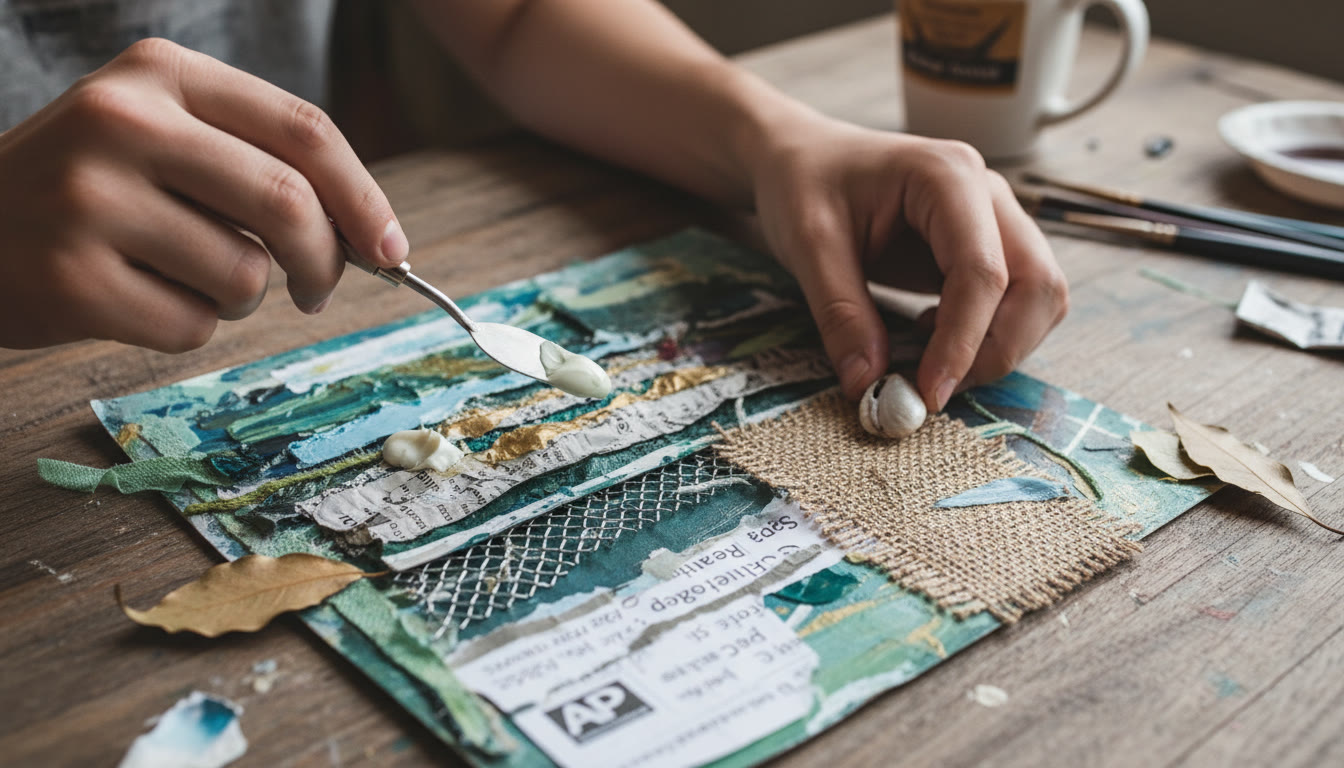
Remember: the most memorable portfolios are not the most flawless; they’re the most honest and reflective. Craft the work, but more importantly, craft the story behind it.
Now grab a sketchbook, choose your question, and begin testing. The rubric will follow the evidence you create.


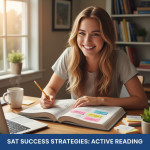
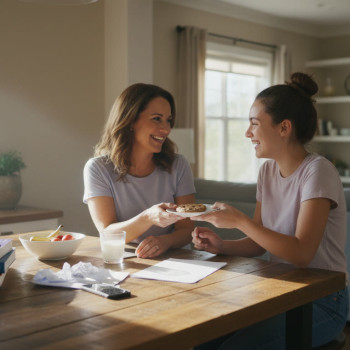


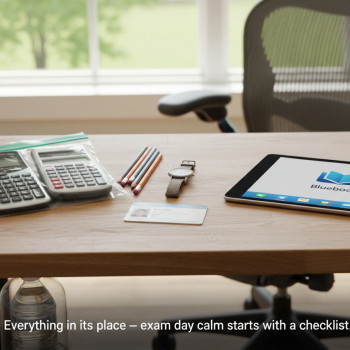

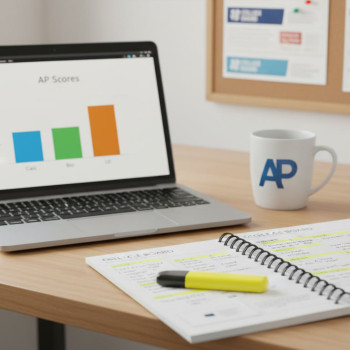










No Comments
Leave a comment Cancel